What happened to the the route of the first Transcontinental Railroad?
A dozen or more books tell the story of the building of the first Transcontinental Rrailroad between Omaha, Neb., and Sacramento, Calif., but little has been written—and even less has been photographed—to examine what has happened since along this historic line. Travel narratives flourished in the decades right after the driving of the Golden Spike at Promontory Summit, Utah, in 1869, but by the turn of the 20th century and with the completion of other transcontinental rail lines, the Pacific Railroad largely faded into the workaday industrial age.
During research and photographic trips in the 1980s for my book, “Lincoln Highway: Main Street Across America,” I paralleled the Pacific Railroad in parts of several western states, and found myself looking with interest at its busy main lines and abandoned roadbeds across desert, mountain, and plains. I knew then that there was a story here, a visual story.
Over the course of nearly a century and a half, this 1,777-mile route grew and changed along with the nation it tied together. Large parts of the original Pacific Railroad, especially in Nebraska, became part of a multi-track, welded-rail, transcontinental route. With the current high volume of coal traffic, motorists often wait for several trains to pass before grade crossings clear.
On the other hand, many sections of the original grade have faded towards obscurity. In Omaha, part of the original line that looped south and west through the city is now slow-speed industrial trackage serving suburban factory zones. In the early 20th century, Southern Pacific bypassed the original Promontory line that looped north around the Great Salt Lake with the Lucin Cutoff, built directly across the lake. The high demand for scrap metal during wartime resulted in the abandonment of the original line, and along with it, a whole list of stations including Bovine, Terrace, and Watercress. Today, little remains of these desert ghosts except ground scars and the occasional cemetery.
Documenting the entire route of the original Transcontinental Railroad
I decided to capture on film what became of this historic route. The trains of the Union Pacific, which owns the operational parts of the line, are important, but not as important as the railroad itself, the landscape, the places it touched — or actually created — as it was built across half a continent of hard territory new to Eastern eyes.
In 2007 and 2009 I devoted research and travel time to my project, and I have made two forays of the route in Nebraska, Wyoming, and Utah. Library and map research, including time at the Union Pacific Railroad Museum in Council Bluffs, Iowa, produced considerable historical material and locations for possible photographs.
My goal is not to rephotograph with the intent of placing my tripod in the marks left by those who photographed the construction of the line, like A. J. Russell and C. R. Savage. Instead, this July I will continue working on my project as I load cameras, maps, and camping gear into my truck and set out to capture the entire route, concentrating especially on Nevada and California. Parts of the railroad cross remote and rugged territory, so my truck and camping supplies should provide my best options for accommodations. I often photograph into the evening until the light fails, then camp wherever I find myself, and begin again at first light of morning. You, too, could take a photo odyssey. Set your goals, collect supplies, and set out on the open road. Summer surely beckons many fun railfan trips.
Like me, many photographers and writers have explored the changing landscape of the West. Some consider the region to be the nation’s most characteristic place. I believe it is time we more carefully consider the great national railroad in the conversation about America’s evolving landscape.
DRAKE HOKANSON is an emeritus professor at Winona (Minnesota) State University, teaching part time and doing photography, editing, and writing. For more of Drake’s works, go here: drakehokanson.com.
Want to find out more about the Transcontinental Railroad?
Facts, figures, history, and more are available from our special Journey to Promontory magazine, available at our partner shop, the Kalmbach Hobby Store.








 FULL SCREEN
FULL SCREEN







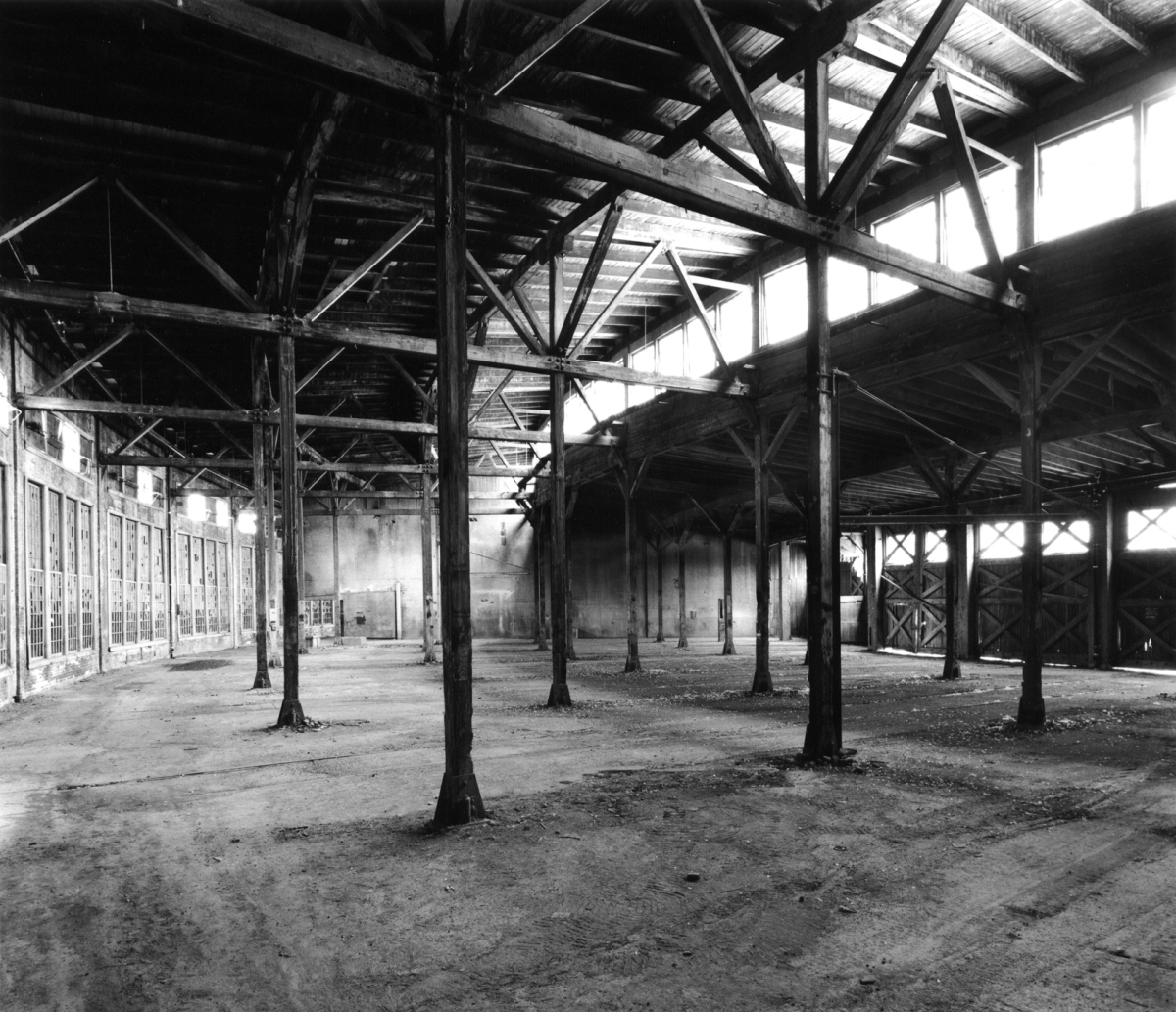


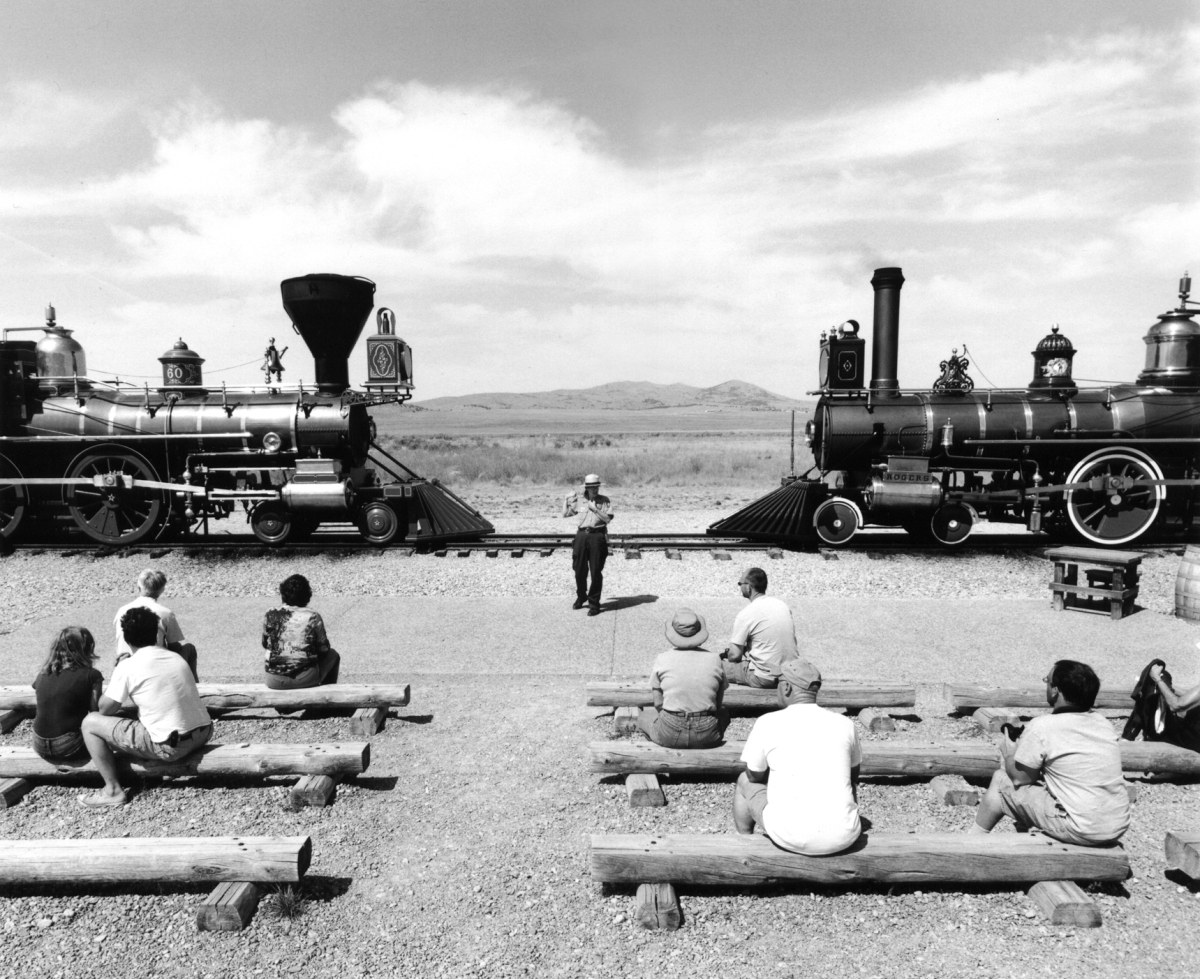

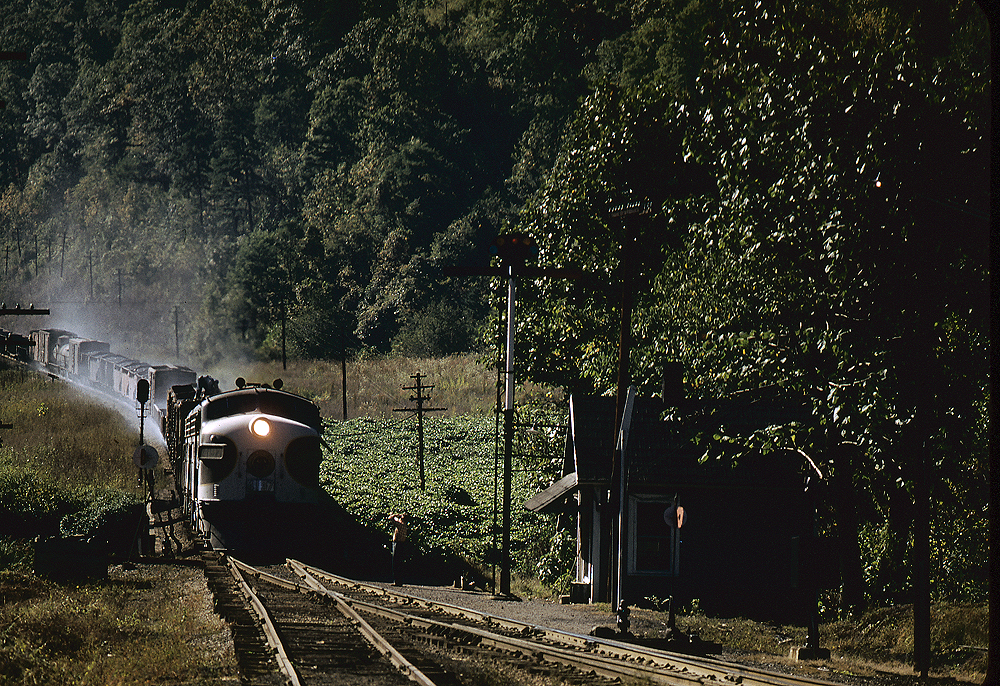
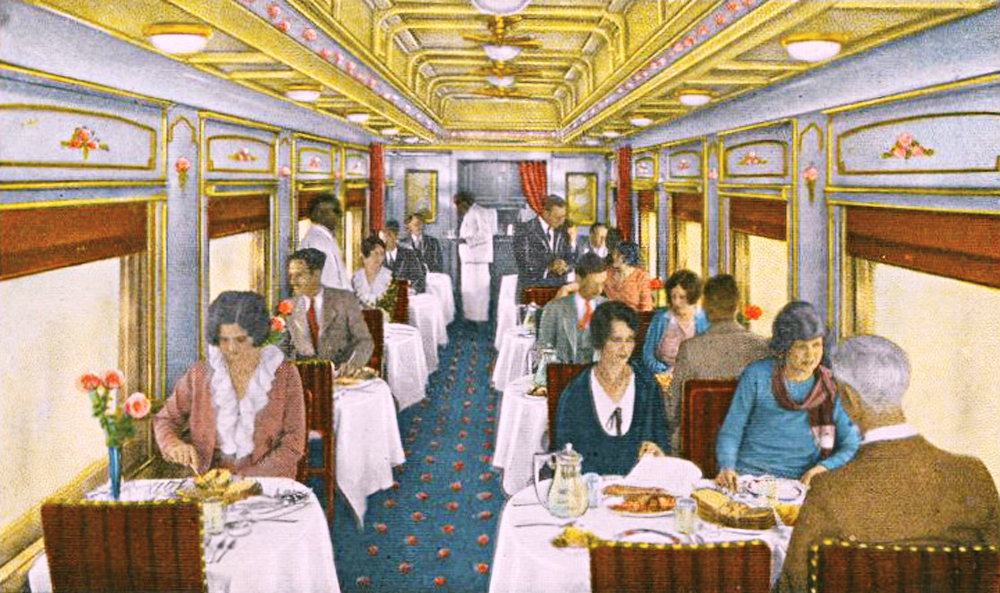
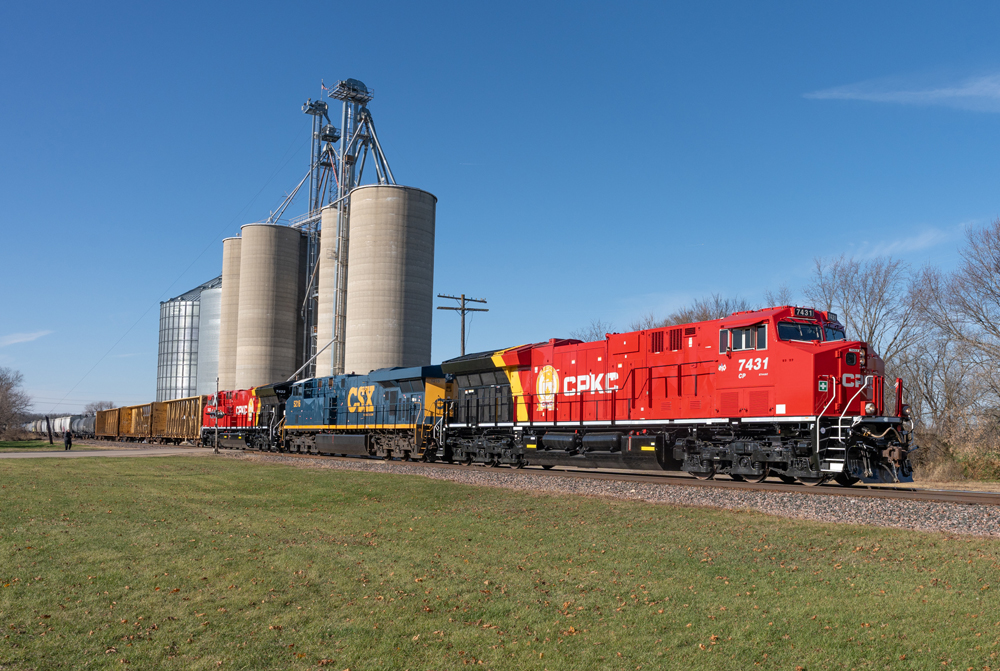
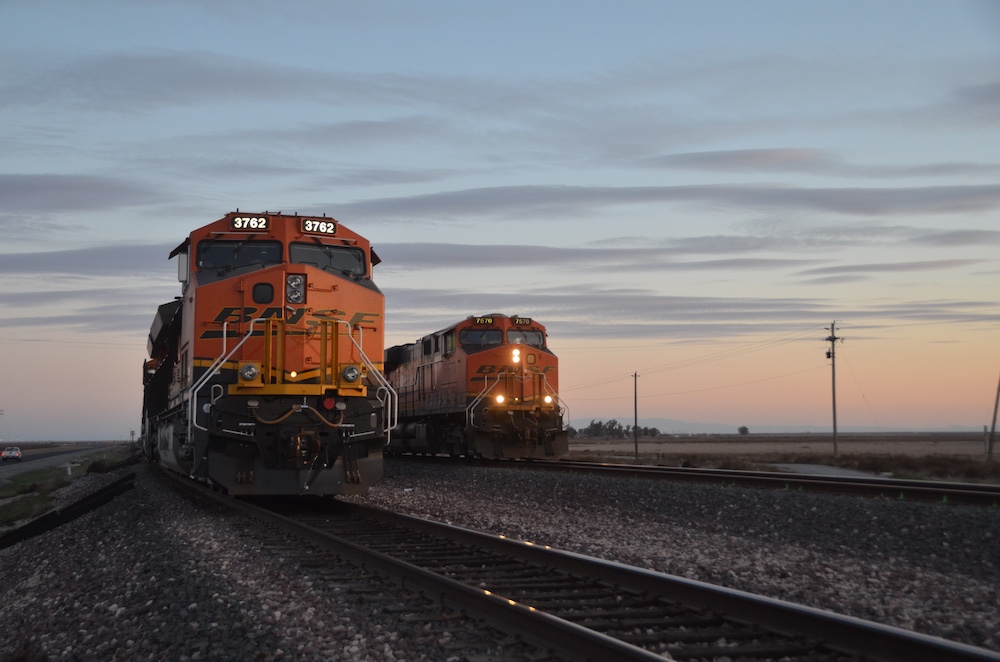




What a grand project! Thank you for taking it on and for the wonderful images. My dad, John A. Driscoll, was a UPRR engineer from 1948-1978 or so out of Laramie, WY. I got my love of trains from him and many stories about his time working his turn from Laramie, then Cheyenne to Rock Springs.